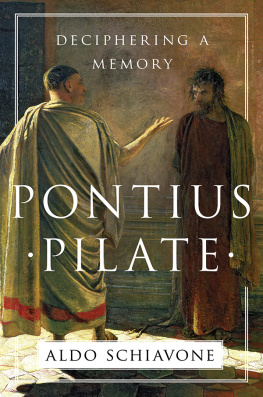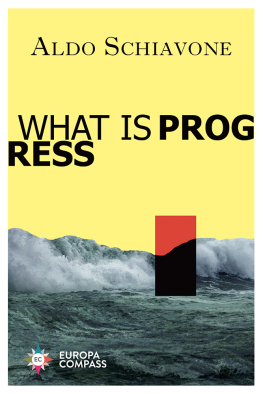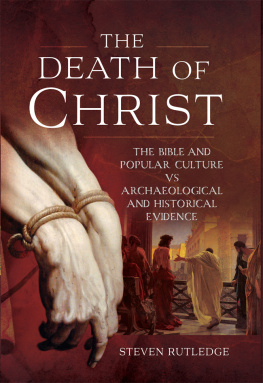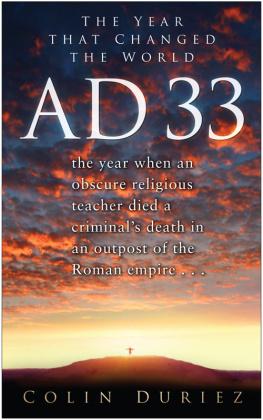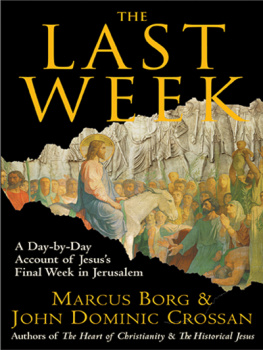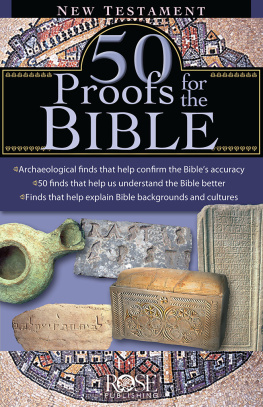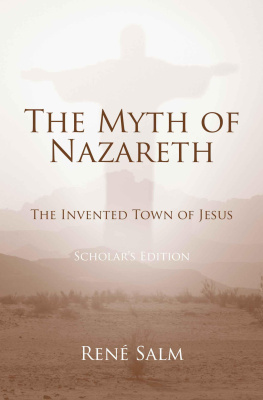Aldo Schiavone - Pontius Pilate: Deciphering a Memory
Here you can read online Aldo Schiavone - Pontius Pilate: Deciphering a Memory full text of the book (entire story) in english for free. Download pdf and epub, get meaning, cover and reviews about this ebook. year: 2017, publisher: Liveright, genre: Religion. Description of the work, (preface) as well as reviews are available. Best literature library LitArk.com created for fans of good reading and offers a wide selection of genres:
Romance novel
Science fiction
Adventure
Detective
Science
History
Home and family
Prose
Art
Politics
Computer
Non-fiction
Religion
Business
Children
Humor
Choose a favorite category and find really read worthwhile books. Enjoy immersion in the world of imagination, feel the emotions of the characters or learn something new for yourself, make an fascinating discovery.
- Book:Pontius Pilate: Deciphering a Memory
- Author:
- Publisher:Liveright
- Genre:
- Year:2017
- Rating:4 / 5
- Favourites:Add to favourites
- Your mark:
Pontius Pilate: Deciphering a Memory: summary, description and annotation
We offer to read an annotation, description, summary or preface (depends on what the author of the book "Pontius Pilate: Deciphering a Memory" wrote himself). If you haven't found the necessary information about the book — write in the comments, we will try to find it.
A world-renowned classicist presents a groundbreaking biography of the man who sent Jesus of Nazareth to the Cross.
The Roman prefect Pontius Pilate has been cloaked in rumor and myth since the first century, but what do we actually know of the man who condemned Jesus of Nazareth to the Cross? In this breakthrough, revisionist biography of one of the Bibles most controversial figures, Italian classicist Aldo Schiavone explains what might have happened in that brief meeting between the governor and Jesus, and why the Gospelsand history itselfhave made Pilate a figure of immense ambiguity.
Pontius Pilate lived during a turning point in both religious and Roman history. Though little is known of the his life before the Passion, two first-century intellectualsFlavius Josephus and Philo of Alexandriachronicled significant moments in Pilates rule in Judaea, which shaped the principal elements that have come to define him. By carefully dissecting the complex politics of the Roman governors Jewish critics, Schiavone suggests concerns and sensitivities among the people that may have informed their widely influential claims, especially as the beginnings of Christianity neared.
Against this historical backdrop, Schiavone offers a dramatic reexamination of Pilate and Jesuss moment of contact, indicating what was likely said between them and identifying lines of dialogue in the Gospels that are arguably fictive. Teasing out subtle but significant contradictions in details, Schiavone shows how certain gestures and utterances have had inestimable consequences over the years. What emerges is a humanizing portrait of Pilate that reveals how he reacted in the face of an almost impossible dilemma: on one hand wishing to spare Jesuss life and on the other hoping to satisfy the Jewish priests who demanded his execution. Simultaneously exploring Jesuss own thought process, the author reaches a stunning conclusionone that has never previously been arguedabout Pilates intuitions regarding Jesus.
While we know almost nothing about what came before or after, for a few hours on the eve of the Passover Pilate deliberated over a fate that would spark an entirely new religion and lift up a weary prisoner forever as the Son of God. Groundbreaking in its analysis and evocative in its narrative exposition, Pontius Pilate is an absorbing portrait of a man who has been relegated to the borders of history and legend for over two thousand years.
3 mapsAldo Schiavone: author's other books
Who wrote Pontius Pilate: Deciphering a Memory? Find out the surname, the name of the author of the book and a list of all author's works by series.

